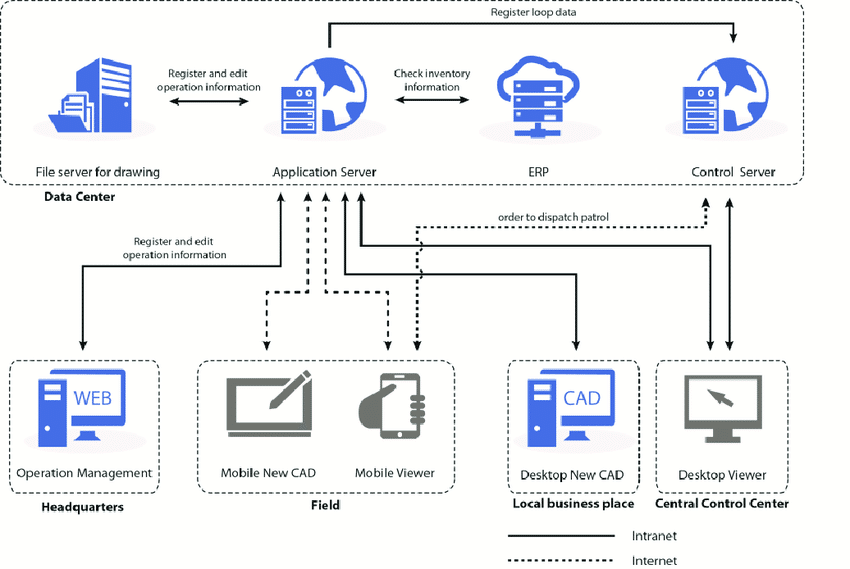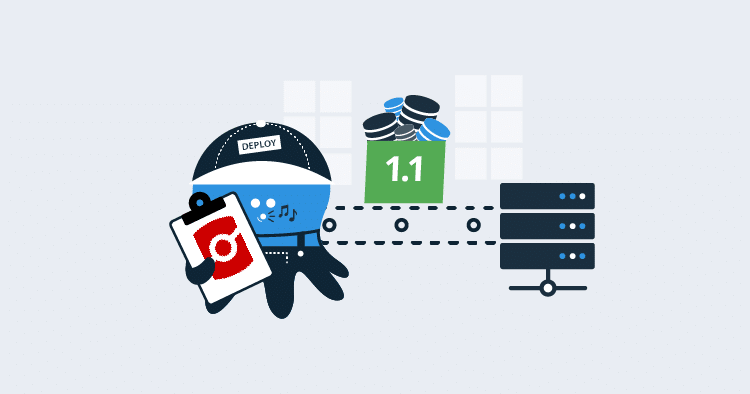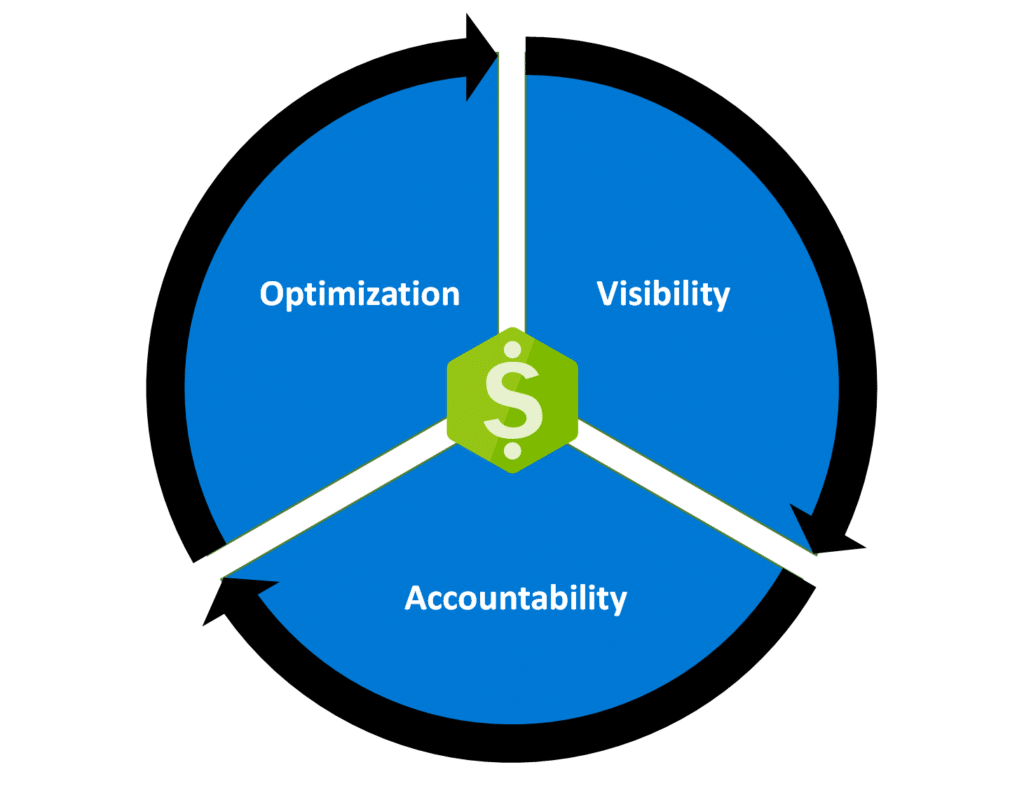Drive innovation with advanced AI
Being present on Social Media increases awareness, connects you with your customers, boosts leads


Infrastructure Configuration
Infrastructure configuration refers to the process of setting up and organizing the essential components and settings that form the backbone of a system or network. This encompasses hardware, software, networks, and other critical elements that collectively enable the functionality of an IT environment. In the context of IT, infrastructure configuration involves defining and implementing the specifications and parameters necessary for seamless operations.
- Save time Rapid AI-driven generation.
- No Outdates Continuous code documentation refresh.
- Consistency Consistent code documentation
Storage Customization
Storage customization entails tailoring the storage infrastructure to meet specific requirements, optimizing its performance, capacity, and reliability. This involves configuring storage arrays, defining data storage policies, and implementing redundancy measures. The goal is to ensure efficient data management, accessibility, and protection. Storage customization is crucial for accommodating diverse workloads, enhancing system scalability, and aligning storage resources with the unique needs of an organization’s IT environment.


Database Configuration
Infrastructure configuration refers to the process of setting up and organizing the essential components and settings that form the backbone of a system or network. This encompasses hardware, software, networks, and other critical elements that collectively enable the functionality of an IT environment. In the context of IT, infrastructure configuration involves defining and implementing the specifications and parameters necessary for seamless operations.
- Save time Rapid AI-driven generation.
- No Outdates Continuous code documentation refresh.
- Consistency Consistent code documentation
Security Configuration
Infrastructure configuration refers to the process of setting up and organizing the essential components and settings that form the backbone of a system or network. This encompasses hardware, software, networks, and other critical elements that collectively enable the functionality of an IT environment. In the context of IT, infrastructure configuration involves defining and implementing the specifications and parameters necessary for seamless operations.


Monitoring and Logging
Monitoring and logging are integral components of IT infrastructure management, providing essential insights into system performance, security, and troubleshooting. Monitoring involves real-time observation of various metrics, such as CPU usage, network traffic, and application performance, to detect anomalies and ensure optimal operation. Logging captures detailed records of system activities, errors, and events for analysis and auditing. Together, monitoring and logging enable proactive identification of issues, rapid response to incidents, and ongoing optimization of IT environments for enhanced reliability and security.
- Save time Rapid AI-driven generation.
- No Outdates Continuous code documentation refresh.
- Consistency Consistent code documentation
Load Balancing and Auto Scaling
Load balancing and auto-scaling are critical strategies in managing the performance and efficiency of IT systems. Load balancing involves distributing incoming network traffic across multiple servers to optimize resource utilization, prevent server overload, and ensure high availability. Auto-scaling, on the other hand, dynamically adjusts the number of resources (such as servers) based on demand. Together, these techniques enhance system responsiveness, prevent downtimes during traffic spikes, and optimize resource allocation, ensuring a scalable and resilient IT infrastructure.


Serverless Computing
Serverless computing is a cloud computing model where developers can build and run applications without managing the underlying server infrastructure. In a serverless architecture, developers focus on writing code in the form of functions, and the cloud provider automatically handles the deployment, scaling, and maintenance of the required resources. This approach eliminates the need for provisioning and managing servers, allowing for greater flexibility, cost efficiency, and scalability. Serverless computing is particularly advantageous for event-driven and microservices-oriented applications, enabling developers to focus on code functionality rather than infrastructure management.
Deployment and Automation
Deployment and automation involve the systematic and efficient execution of software and system updates. Deployment ensures the smooth release and installation of applications, while automation streamlines repetitive tasks through scripting or tools. Together, they enhance operational efficiency, reduce manual errors, and accelerate the delivery of IT services. This dynamic duo is crucial for maintaining a responsive and adaptable IT environment, allowing organizations to deploy, manage, and scale their systems with agility and precision.


Managed Services
Managed services entail the outsourcing of specific IT functions to external service providers. This strategic approach involves the delegation of responsibilities like infrastructure management, security, monitoring, and support to a specialized team. Organizations benefit from the expertise of these providers, resulting in improved efficiency, cost-effectiveness, and enhanced focus on core business activities. Managed services encompass a wide range of offerings, including cloud management, network support, and cybersecurity, allowing businesses to tailor solutions to their unique needs and scale resources as required.
Billing and Cost Management
Billing and cost management involve the systematic oversight and control of financial aspects within an organization’s IT infrastructure. This encompasses tracking expenses related to technology resources, services, and operations. Efficient billing and cost management strategies enable businesses to optimize spending, allocate resources judiciously, and forecast budgetary needs accurately. This process often includes implementing tools and systems that provide detailed insights into usage patterns, allowing organizations to make informed decisions, control expenses, and ensure cost-effectiveness in their IT operations. Effectively managing billing and costs is integral to maintaining financial health and sustainability in the rapidly evolving landscape of technology.


Generative AI
Generative AI refers to a category of artificial intelligence systems that have the ability to generate new content, such as text, images, or even music, autonomously. These systems use machine learning techniques, often leveraging neural networks, to understand and replicate patterns present in the data they are trained on. Generative AI has demonstrated significant advancements in various applications, including natural language processing, creative content creation, and data synthesis. Notable examples include text generators, image synthesis models, and language translation systems. Generative AI has the potential to revolutionize creative processes, content generation, and problem-solving in diverse fields, contributing to innovations in technology and human-machine interactions.
Why Choose Cloudscraft
Save Time and Effort
Create content in seconds by using AI to generate unique captions and images.
Eliminate Writer’s Block
Browse through 1K+ prompt ideas and turn them into engaging posts instantly.
Post Consistently
Create social media posts consistently and keep your accounts active without the hassle.
Customize Your Posts
Tailor your content for your tone of voice and customize it for each social media platform.
Repurpose Your Content
Turn your product descriptions into compelling posts that boost conversions.
What We Provide
Discover More Helpful Features
Features
Features
Features
Features
Features
Features
Working Process
Cloud Solutions Provider
1
Choose Your Writing Project
Don’t settle for uninspired content! Good posts help your brand effectively
3
Edit and polish to perfection
It could be any topic that resonates with your audience

2
Give MunAi a bit of context
It’s a powerful tool designed to help you craft unique post
4
Publish your Social Post
Generate social media content with the of AI in just a few clicks
Pricing Package
Amazing Pricing Package For Generate Social Media Post
Basic Plan
Best For Authors, Coaches,Solopreneurs
-
15,853 Monthly Word Limit
-
15,853 Monthly Word Limit
-
15,853 Monthly Word Limit
-
15,853 Monthly Word Limit
-
15,853 Monthly Word Limit
Standard Plan
Best For Startups AndSmall Businesses
-
15,853 Monthly Word Limit
-
15,853 Monthly Word Limit
-
15,853 Monthly Word Limit
-
15,853 Monthly Word Limit
-
15,853 Monthly Word Limit
Premium Plan
Best For Freelancers AndAgencies
-
15,853 Monthly Word Limit
-
15,853 Monthly Word Limit
-
15,853 Monthly Word Limit
-
15,853 Monthly Word Limit
-
15,853 Monthly Word Limit
FAQs
Frequently Asked questions
Cloud services refer to on-demand delivery of computing resources, including storage, processing power, and applications, over the internet.
Security is a top priority. We implement robust measures, including encryption and access controls, to ensure data protection.
Yes, our services offer scalability, allowing you to easily adjust resources based on your changing needs for optimal efficiency.
Virtually any type of data can be stored, including documents, images, databases, and applications, depending on your requirements.
We perform regular automated backups to ensure data integrity and provide restoration options in case of unexpected events.


